A 19th Century Prescription to Fight Stress and Burnout in the 21st Century
Porch sitting has endured as a cultural tradition in the South.
Porch sitting, as a cultural tradition, is deeply ingrained in the Southern United States. In the late 19th century and early 20th century, Americans all over the country could be found spending time on the porch, typically in a rocking chair or on a porch swing, socializing with family and friends, or simply enjoying the scenery and slower pace of life.
In other parts of the country, the popularity of front porches began to wane in the mid-20th century. But porch sitting has a long history in the South, and is closely tied to the region's climate and culture. The hot and humid weather in the South can make it uncomfortable to spend time outside during the day, but porches provide a shaded and breezy retreat where people can relax and enjoy the outdoors.
The tradition is closely tied to Southern hospitality and the importance of community and social connections. Many Southerners take pride in their homes and their front porches, which are often decorated with plants, rocking chairs, and other welcoming touches. Porch sitting provides an opportunity for people to connect with their neighbors and to build relationships with the people in their community.
In addition to socializing, porch sitting is also seen as a way to slow down and appreciate the simple things in life. The pace of life in the South is often slower than in other parts of the country, and porch sitting provides an opportunity to savor the moment and enjoy the beauty of nature.
The US is due for a porch sitting revival in the 21st century
In recent years, there has been a renewed interest in front porches, with many homeowners and architects recognizing the value of these spaces for socializing, relaxation, and connection to the community. The revival of porch sitting aligns perfectly with the digital detox movement and global adoption of the Dutch practice of Niksen.
The COVID-19 pandemic has brought about significant changes to daily life and has contributed to increased stress and burnout for many people. In the 21st century, job loss, financial instability, social isolation, and other stressors have also taken a toll on individuals' mental health.
According to a 2021 study by the American Psychological Association, 84% of adults in the United States reported recently experiencing prolonged stress. Likewise, a 2020 study by Mental Health America found that 79% of U.S. workers were experiencing burnout.
Many Americans are realizing that it’s important to take time for self-care, to destress, recharge, and reconnect. Let’s take a look at two movements that we believe are part of the cultural zeitgeist prompting a renewed interest in porch sitting.
The Digital Detox
A digital detox is a period of time where individuals intentionally disconnect from their electronic devices and digital technologies. This could include a complete break from all forms of technology, or it could mean limiting usage. While the concept of a “digital detox“ has been around since the early 2000s, the digital detox movement has gained momentum in recent years, with many individuals and organizations advocating for the importance of unplugging from technology and taking a break from constant connectivity.
Here are a few benefits of a digital detox:
- Reduce stress and anxiety: Digital technologies are designed to keep us constantly connected and always "on." This can lead to feelings of overwhelm and burnout. A digital detox allows us to step back and disconnect, reducing stress and anxiety.
- Improve sleep: The blue light emitted by electronic devices can interfere with our sleep cycles. By disconnecting from technology before bed, we allow our brains to wind down and prepare for restful sleep.
- Improve relationships: Technology can often get in the way of real-life interactions and connections. A digital detox allows us to fully engage with the people around us and strengthen our relationships.
- Encourage creativity: Disconnecting from technology stimulates your imagination, which can lead to increased creativity and new ideas.
Niksen: The Dutch Art of Doing Nothing
Niksen is a Dutch concept that translates to "doing nothing." It involves intentionally taking a break from the usual hustle and bustle of life to simply relax and let go. Niksen has gained popularity in the 21st century as a stress-reduction technique and can be practiced in various ways to mitigate burnout.
To practice Niksen, one can start by setting aside some time in their day for purposeful inactivity. This could mean sitting quietly in a peaceful environment, staring out of a window, or engaging in a non-demanding activity such as knitting or coloring. The goal is to allow oneself to be present in the moment without any pressure to perform or accomplish anything. Simply focus on the present moment and observe the sights, sounds, and smells of the environment.
By practicing Niksen, individuals can reduce their stress levels and prevent burnout by giving themselves permission to slow down and disconnect from the constant stimulation of modern life. Incorporating Niksen into one's daily routine can provide a much-needed mental break and help individuals feel more grounded and centered.
How make porch sitting part of your self-care routine
- Choose Me-Time or Us-Time: Decide which will make you feel more refreshed, time to yourself, or time to connect with your loved ones?
- Pick a special place: Select a location where you can get away from distractions like TV, bonus points if you can get some fresh air.
- Create a comfortable environment: Treat yourself to some new outdoor rocking chair cushions from Barnett Home Decor, surround your spot with potted plants and happy colors.
- Turn Off Distractions: Schedule your phone to go into Do Not Disturb mode or consider giving your phone to a trusted gatekeeper so they can screen any potential disruptions.
- Start Small: If the idea of disconnecting from notifications makes you feel anxious or if you suspect you would feel restless with nothing to do, ease yourself into the practice with a small commitment of 15-30 minutes.
- Establish a routine: Plan your time off for the same day every week, until you’re ready to make it a daily habit.
- Fail Gracefully: If you don’t think you’re capable of “doing nothing”, give yourself something relatively mindless to do, such as coloring or knitting. Resist the temptation to use an app or play a game on your phone.
- Be more Dutch: In her book, Niksen: The Dutch Art of Doing Nothing, Author Annette Lavrijsen advises readers to protect their time off: If someone’s asking for a favor, tell them, “Sorry, I won’t be able to help you with that.” or “Sorry, I won’t be available then.”



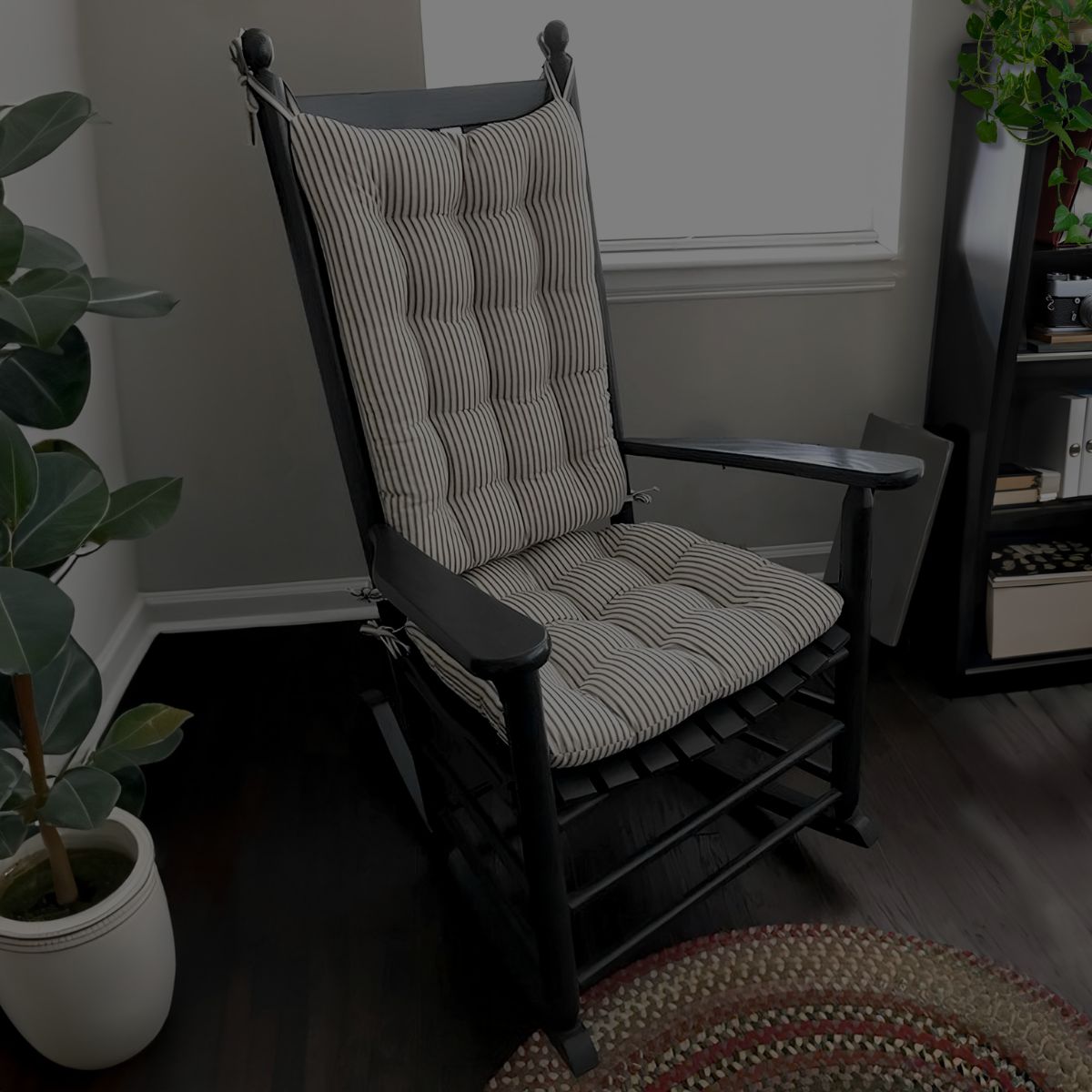

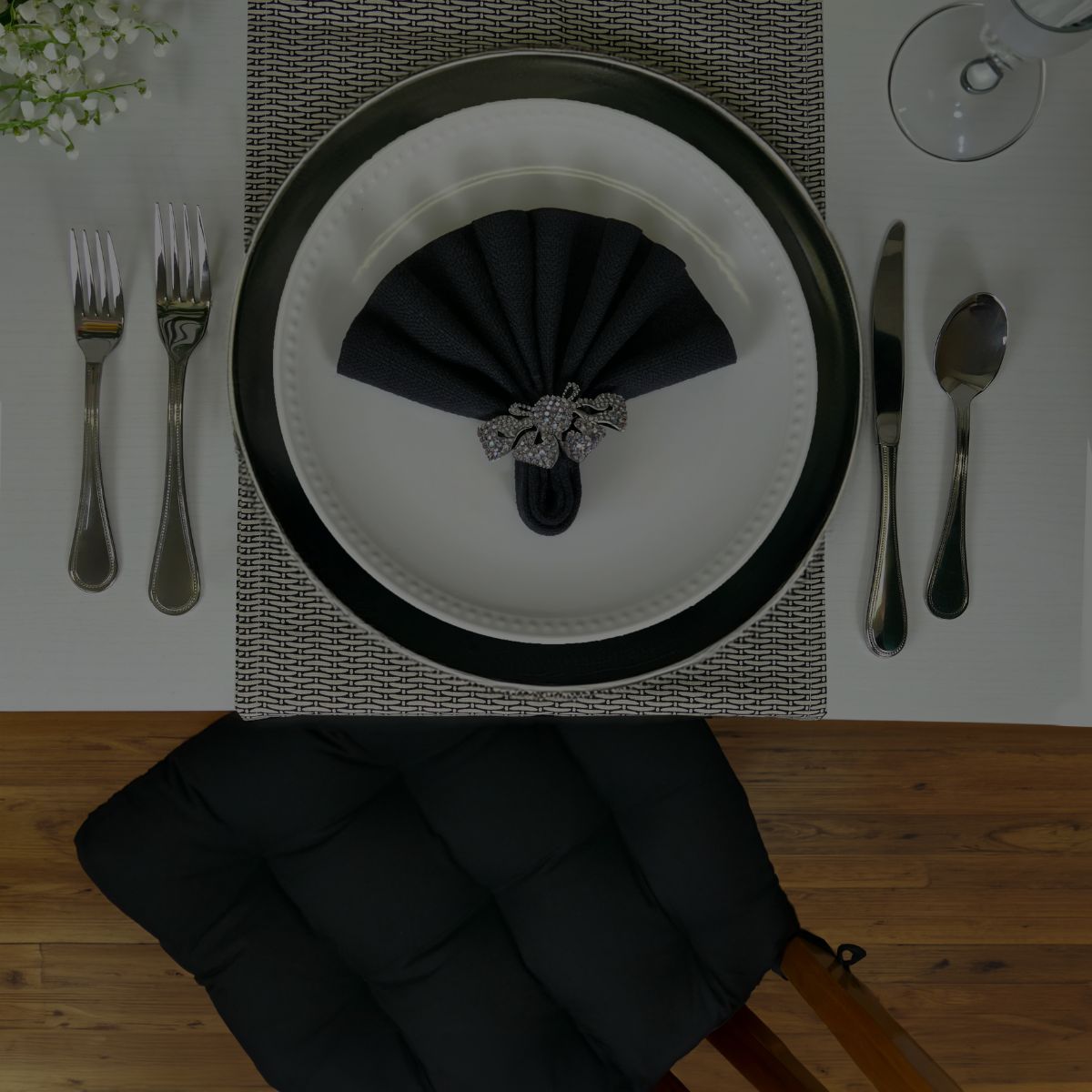
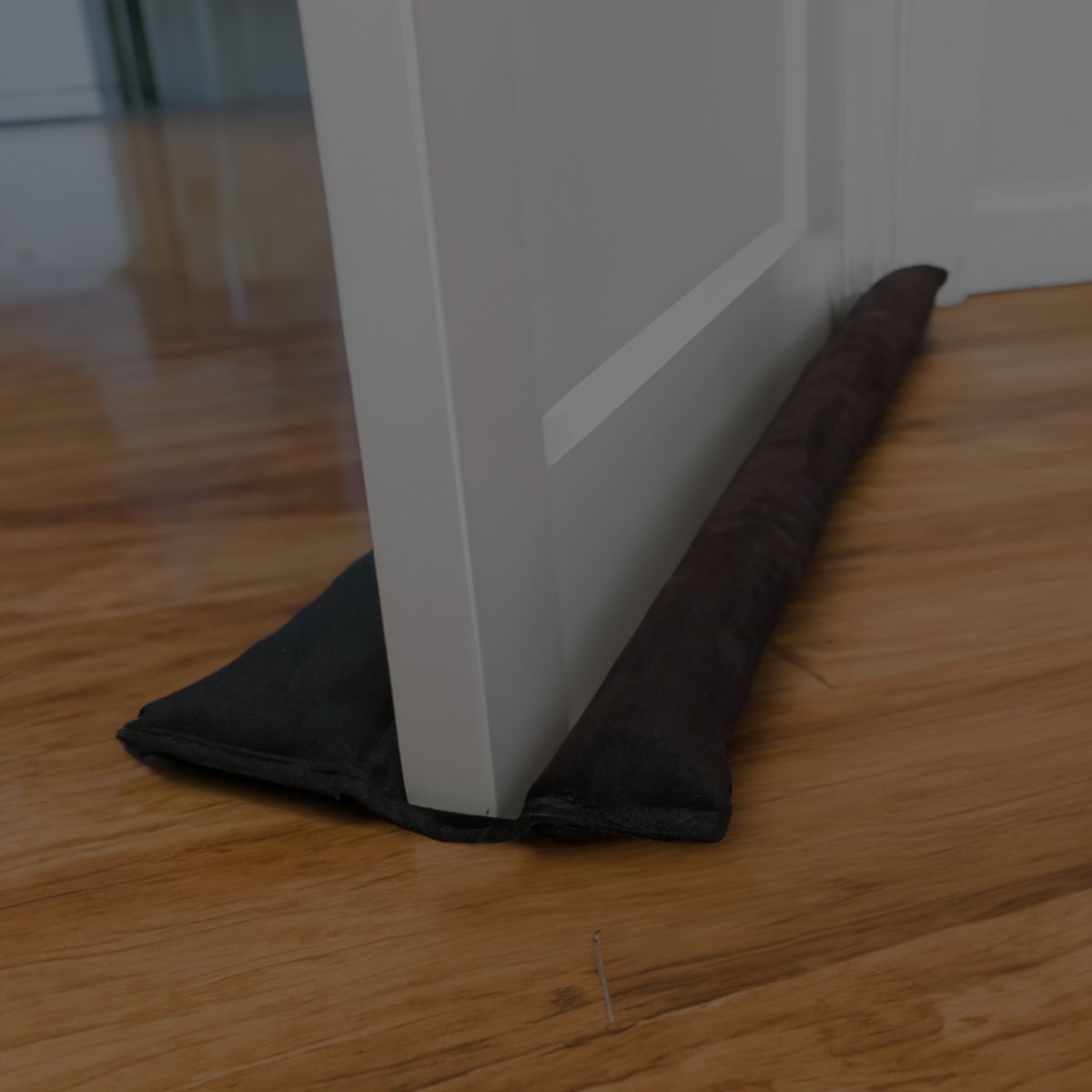
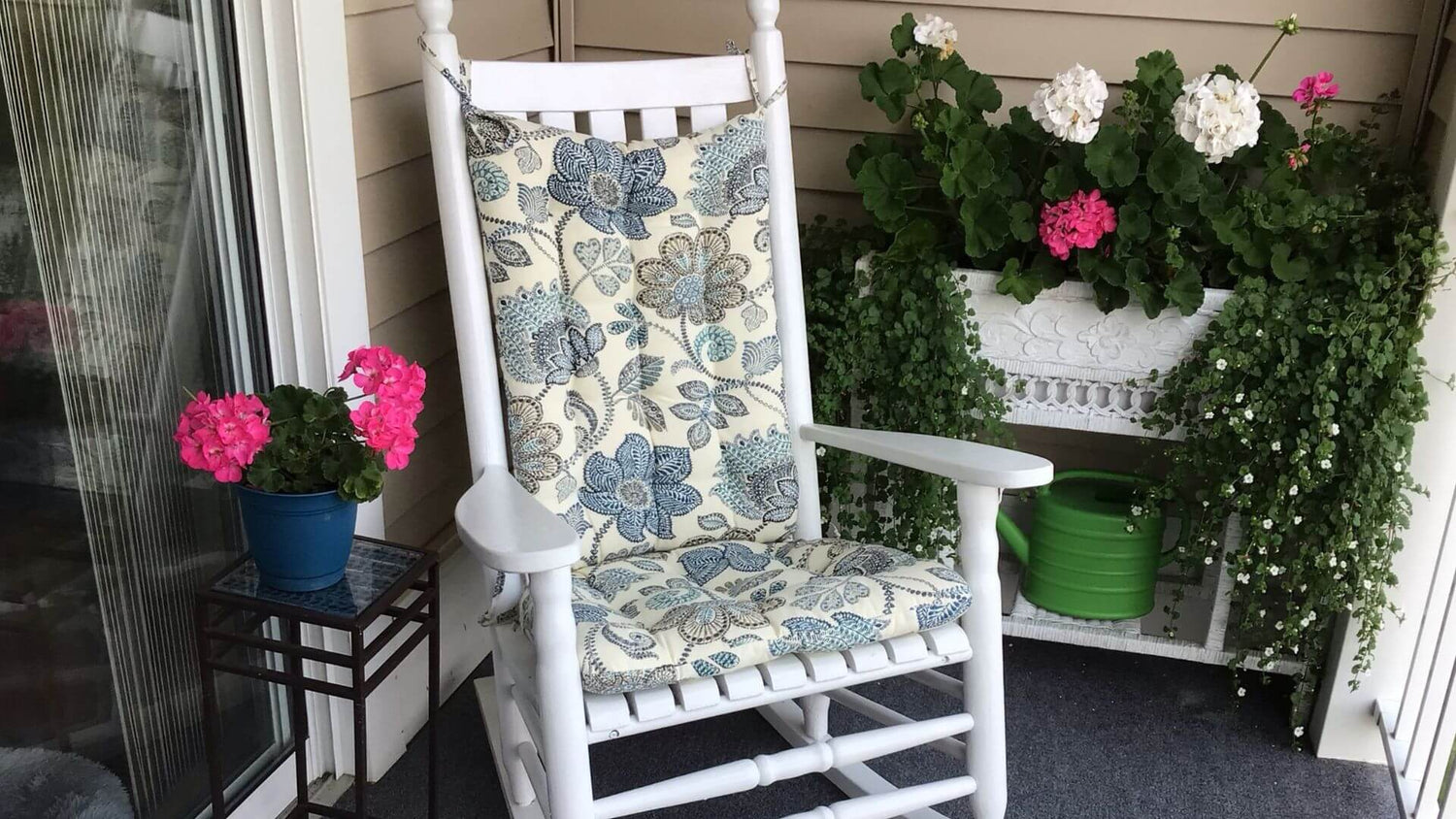

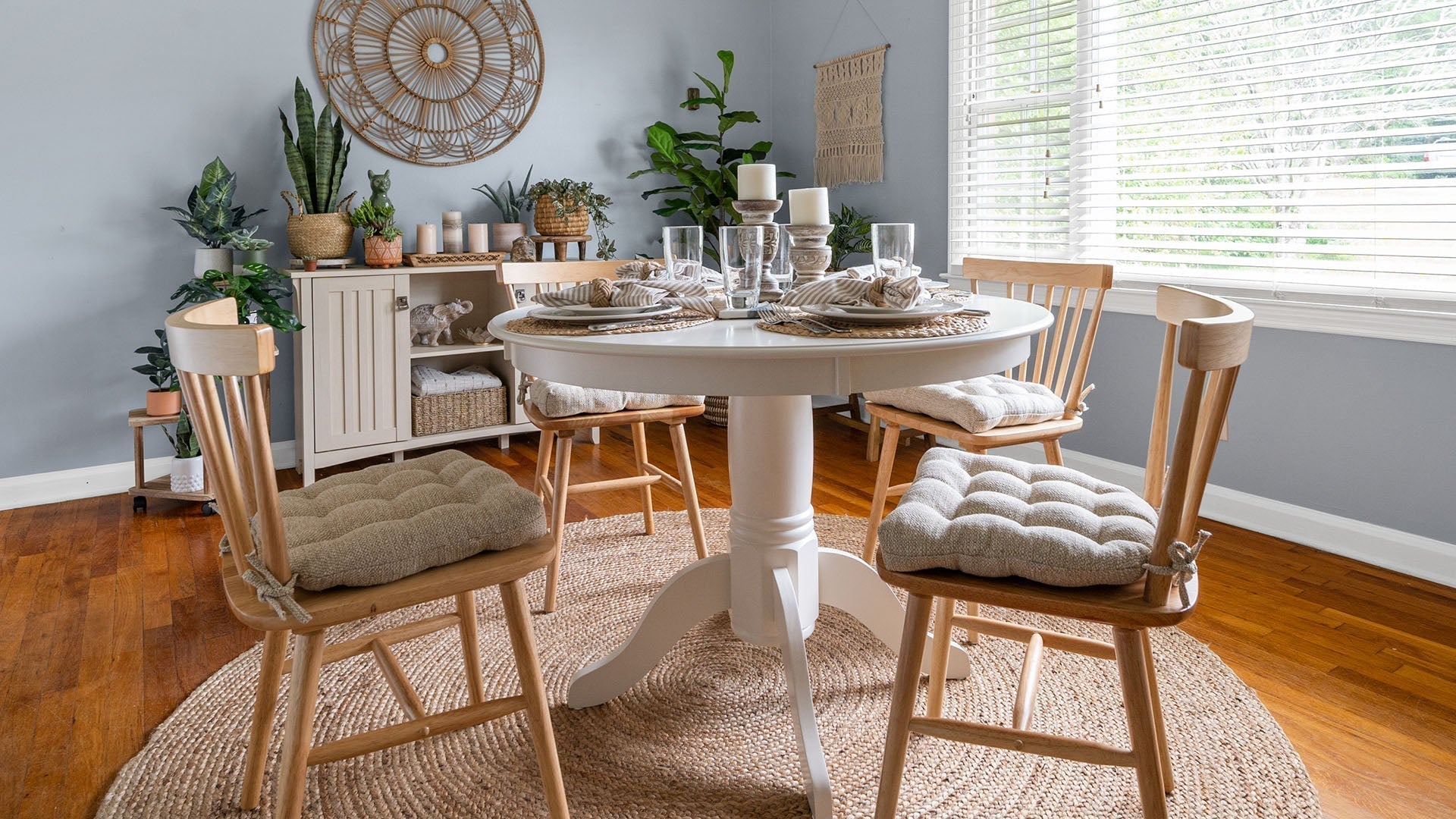






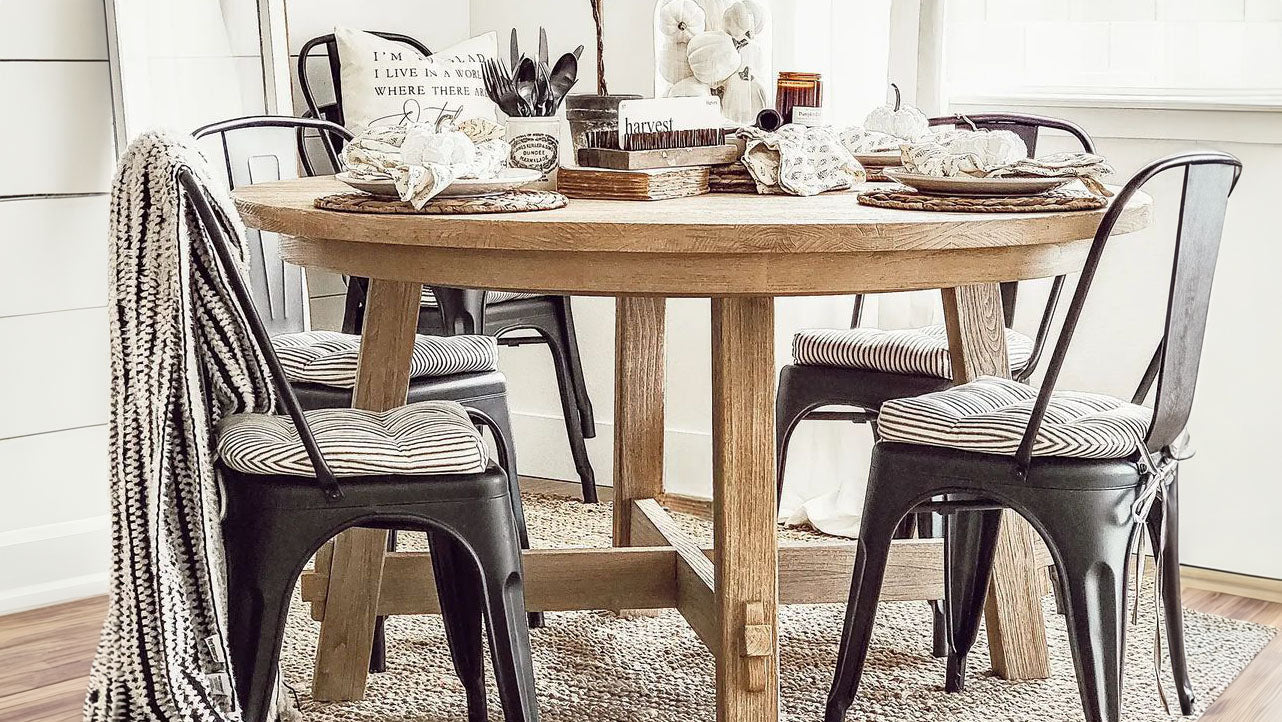
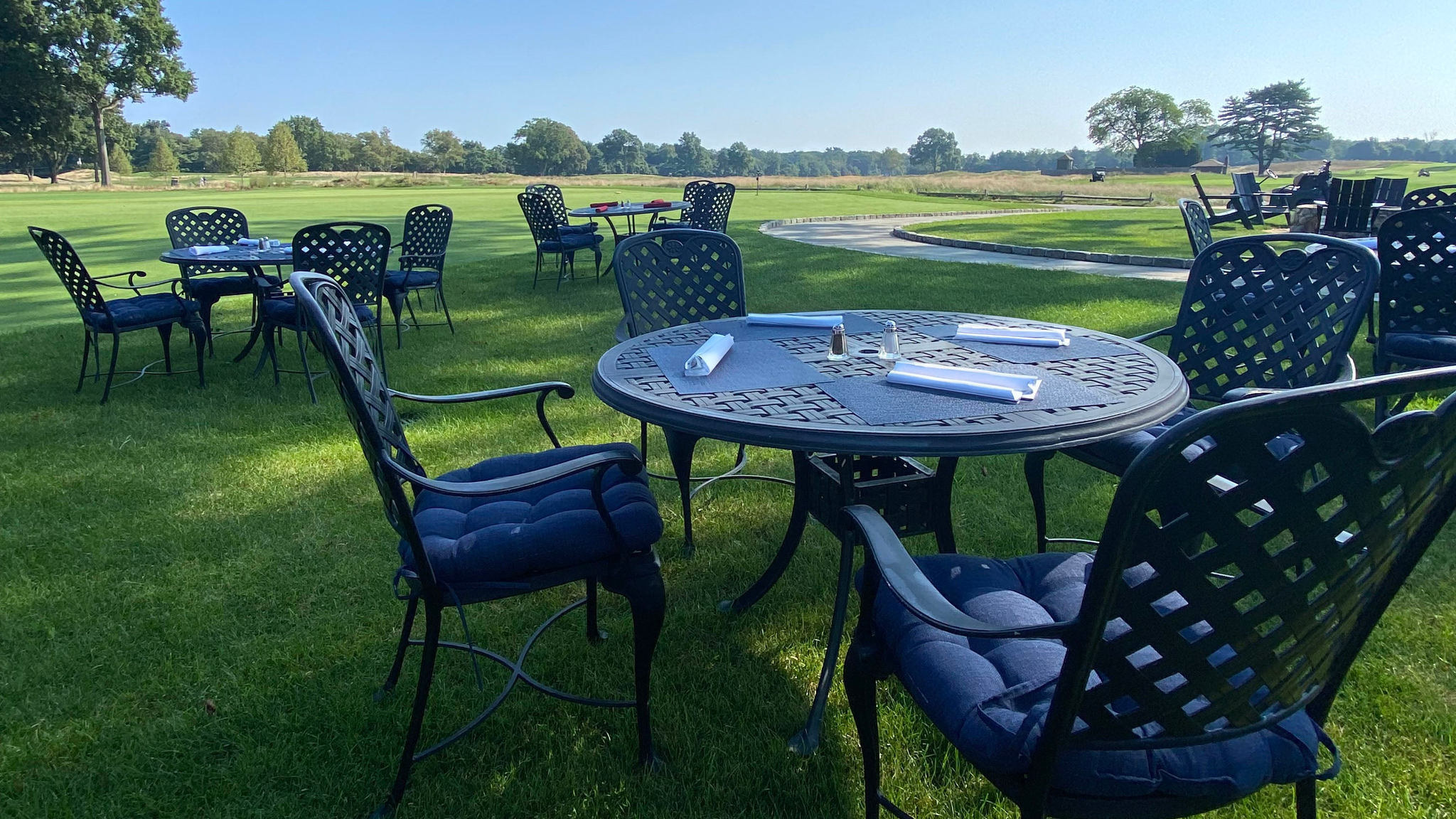
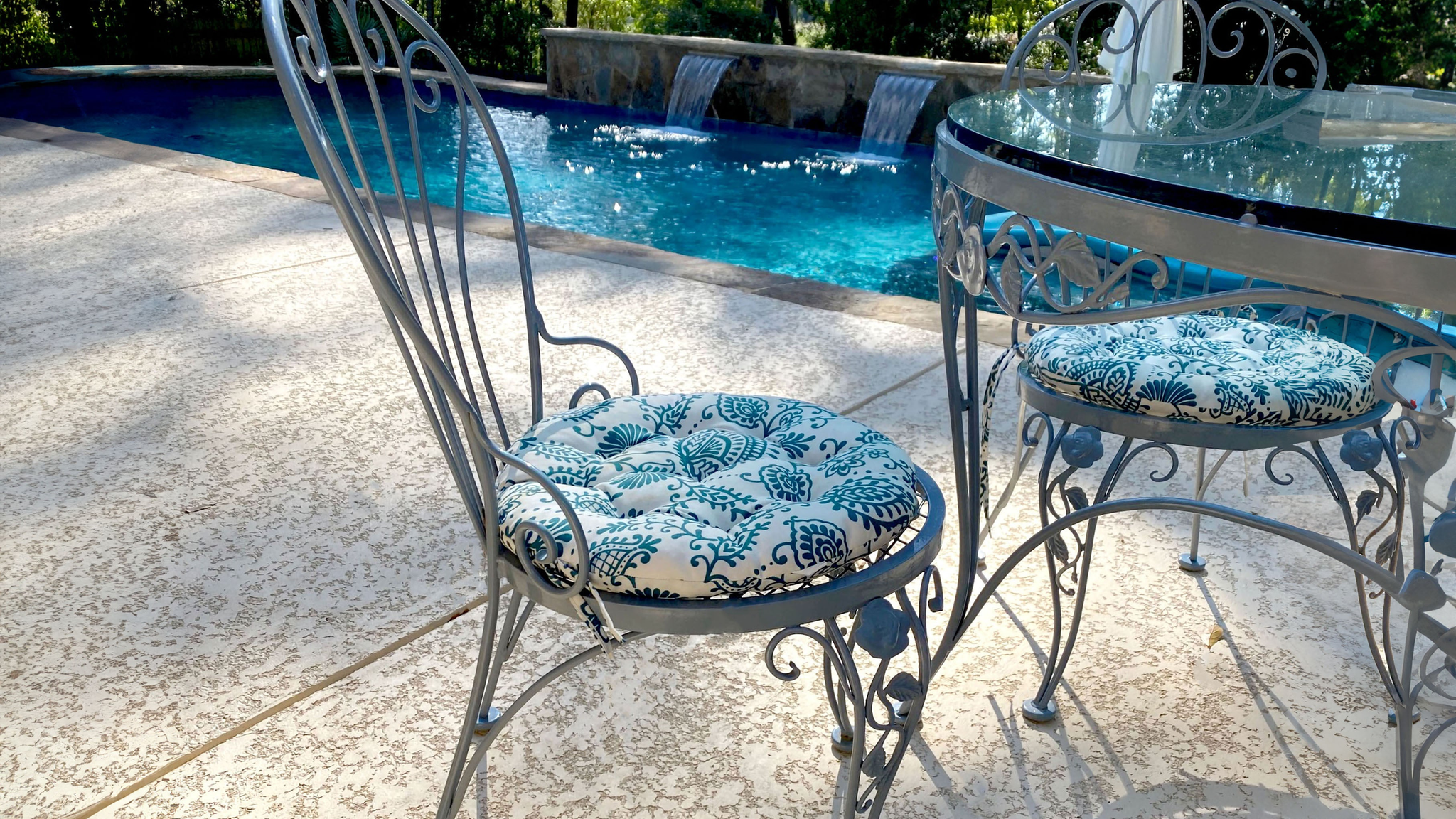
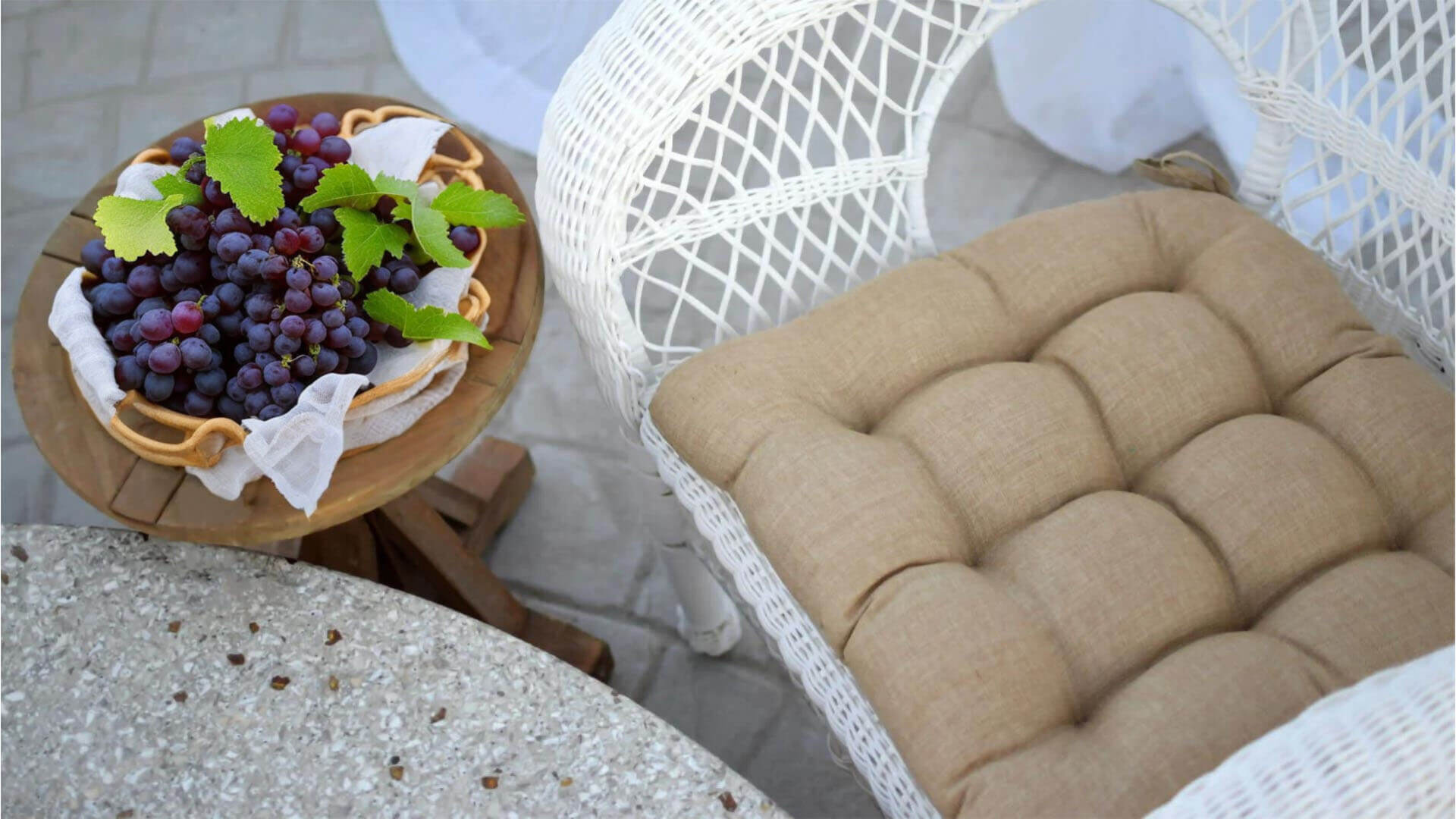



Leave a comment
This site is protected by hCaptcha and the hCaptcha Privacy Policy and Terms of Service apply.